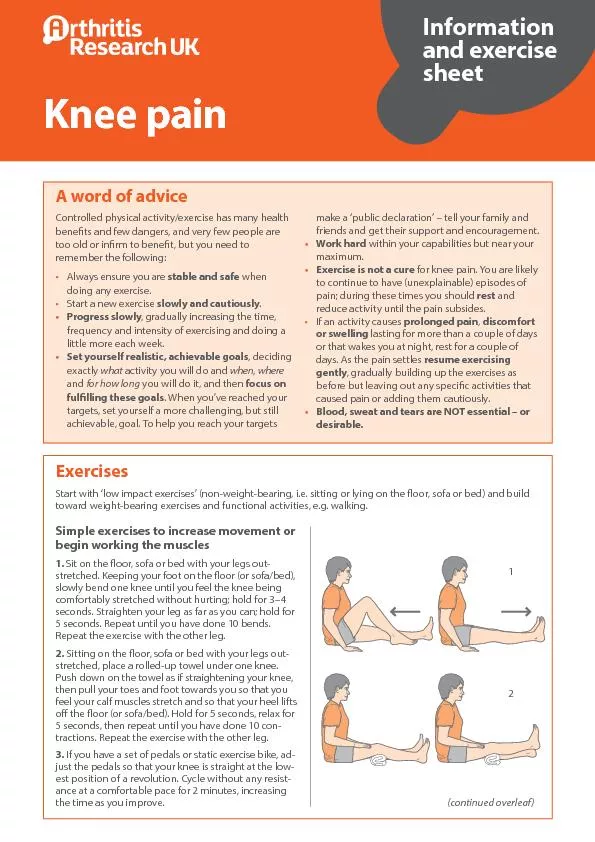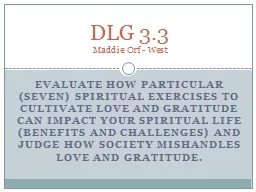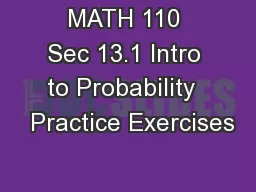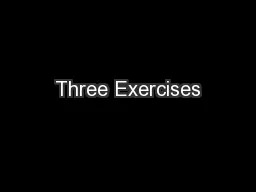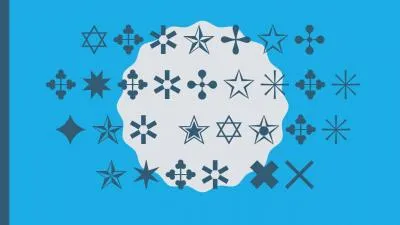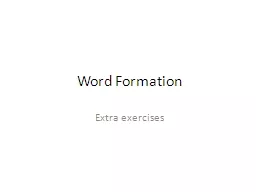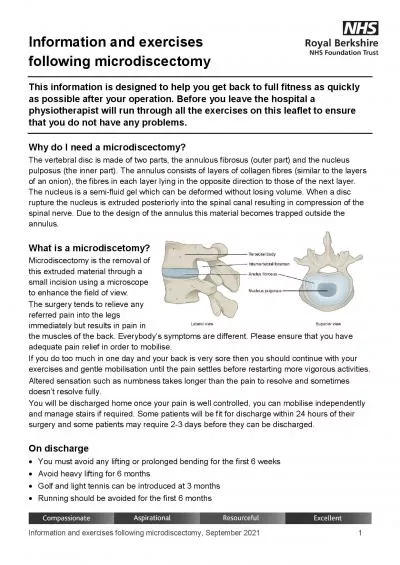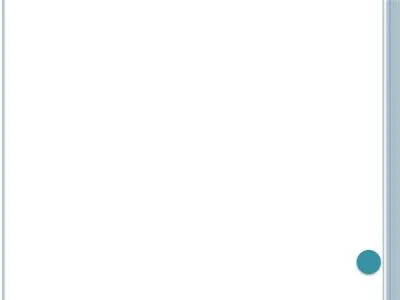PPT-g gplot2: Introduction and exercises
Author : sherrill-nordquist | Published Date : 2015-11-03
Umer Zeeshan Ijaz http userwebengglaacuk umerijaz Motivation NMDS plot NMDSR CCA plot CCAR Richness plot richnessR Heatmap heatmapR g gplot2 basics
Presentation Embed Code
Download Presentation
Download Presentation The PPT/PDF document "g gplot2: Introduction and exercises" is the property of its rightful owner. Permission is granted to download and print the materials on this website for personal, non-commercial use only, and to display it on your personal computer provided you do not modify the materials and that you retain all copyright notices contained in the materials. By downloading content from our website, you accept the terms of this agreement.
g gplot2: Introduction and exercises: Transcript
Download Rules Of Document
"g gplot2: Introduction and exercises"The content belongs to its owner. You may download and print it for personal use, without modification, and keep all copyright notices. By downloading, you agree to these terms.
Related Documents


